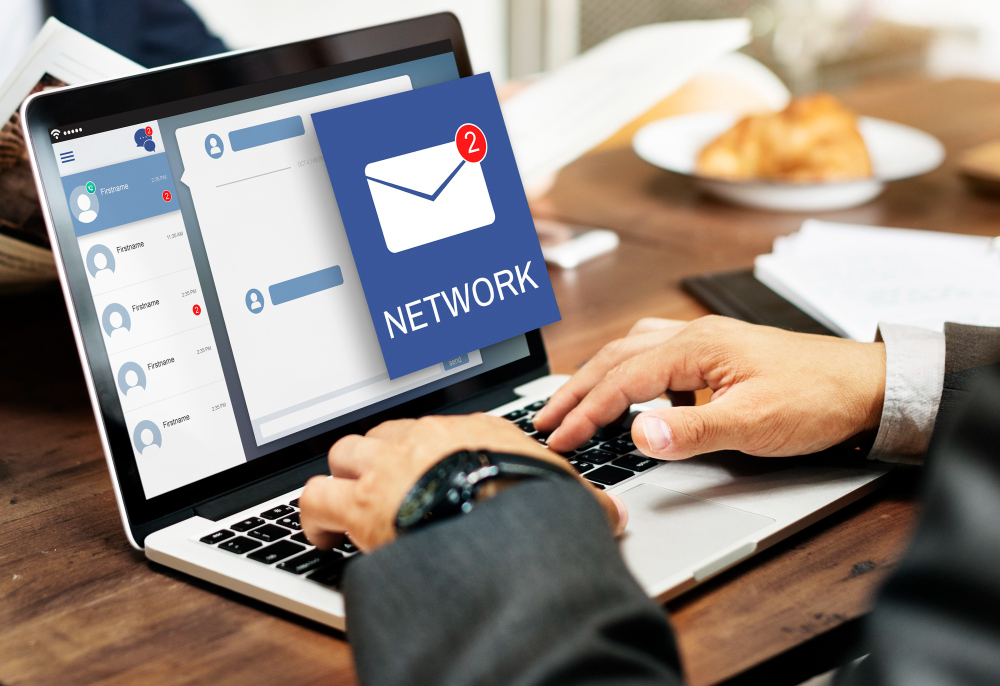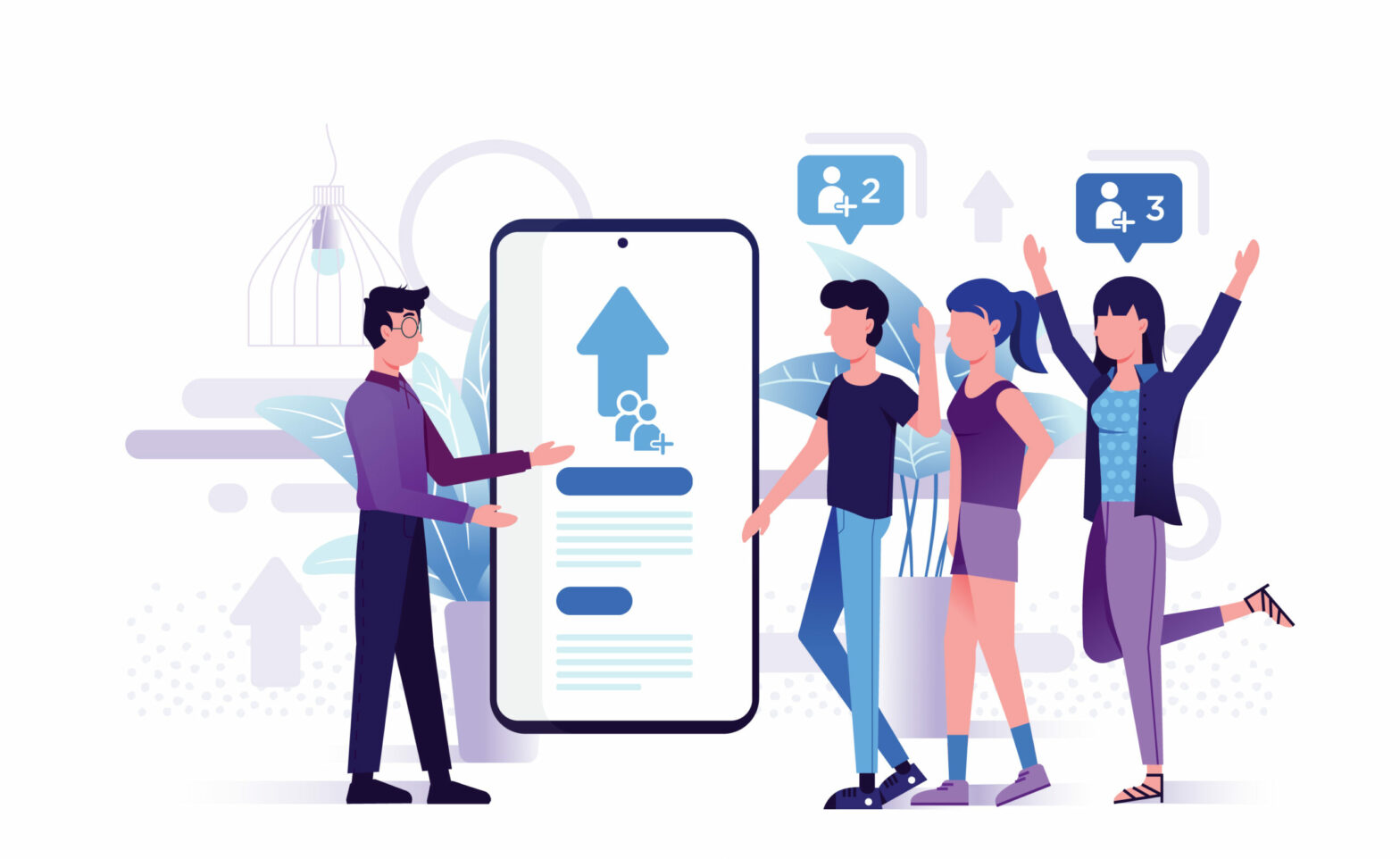17 Jun, 2024 • 10 min read
Highly Converting Email: Essential Components for Success

You’ve crafted a compelling email campaign, but do you know the essential components that drive results? It starts with a subject line that sparks curiosity, keeping it short and sweet between 4-7 words. A recognizable sender name builds trust, while optimized images tell a story and convey your message effectively. Your email copy should clearly state benefits, avoiding spammy words and focusing on a single call-to-action that’s prominently displayed. By strategically combining these elements, you’ll be on your way to creating a highly converting email. Now, dive deeper to discover the secrets of a successful email campaign.
Subject Line
When crafting your email campaign, you’re probably wondering what makes a great subject line.
The answer lies in finding the perfect blend of length, psychological triggers, and testing.
Length of the subject line
Keep your subject line short and sweet, ideally between 4-7 words. This ensures it fits in most inboxes and grabs the reader’s attention. A longer subject line can get cut off, losing its impact.
A shorter subject line affects user behavior and open rates. Research shows shorter subject lines perform better.
Remember:
- Keep it short: 4-7 words get higher open rates.
- Fit in the inbox: Avoid truncation, preserve the impact.
- Grab attention: Craft a concise subject line that sparks curiosity.
Employing psychological elements
Using Psychological Elements in Email Subject Lines
Want to get more people to open your emails? Use psychological elements like curiosity, urgency, and exclusivity in your subject lines. These elements tap into people’s emotions, making them more likely to open your email.
Curiosity: Ask a thought-provoking question or make a bold statement to spark curiosity. For example, ‘What’s the secret to getting more followers?’ or ‘You won’t believe what happened next!’
Urgency: Create a sense of scarcity or limited-time offer to make people feel like they’ll miss out if they don’t act fast. For example, ‘Limited time offer: 20% off all products’ or ‘Hurry! Sale ends tonight!’
Exclusivity: Make people feel like they’re part of a special group or offer them a unique deal. For example, ‘Exclusive deal for our loyal customers’ or ‘Get early access to our new product!’
When writing your subject line, remember to appeal to people’s emotions. This will help your email stand out in a crowded inbox. By using psychological elements, you can create a subject line that resonates with your audience and drives them to open your email. The goal is to create a sense of FOMO (fear of missing out) or excitement that prompts the reader to take action.
Testing different subject lines
Crafting multiple subject line options and testing their performance is key to finding the one that resonates with your target audience. You want to make sure your subject line stands out in a crowded inbox and gets users to open your email.
To do this, use A/B testing to compare the performance of different subject lines. Create multiple versions of your subject line, each with a unique element, like a question, statement, or call-to-action.
Here are some tips to keep in mind when testing subject lines:
- Keep it short: Subject lines with fewer than 50 characters work better.
- Grab attention: Use curiosity, urgency, or exclusivity to get users interested.
- Avoid spam words: Don’t use words like ‘free’ or ‘discount’ that might trigger spam filters.
Sender Name
The Power of Sender Name in Email Marketing
43% of users report emails as spam based on the sender name alone. This shows how crucial it’s to get your sender name right.
What’s in a Name?
Your sender name is the first thing your recipient sees, making it essential to make a good impression.
Personalization is Key
Using a personalized sender name can increase the chances of your email being opened. Here’s how you can do it:
- Big companies can use their brand name as the sender name.
- Smaller companies can use the founder’s name along with the brand name.
The Psychological Impact
A relatable sender name creates a sense of familiarity and trust with your recipient. This trust can lead to higher open rates and conversions.
Build Trust with Your Recipient
By using a personalized and recognizable sender name, you can:
- Build trust with your recipient
- Establish a connection
- Increase the likelihood of your email being opened and read
Images within Email
As you design your email campaign, you’ll want to contemplate the visual elements that’ll capture your audience’s attention.
When it comes to images, you’ll need to strike a balance between aesthetics and functionality.
Number of images
When including images in your email, limit yourself to three or fewer. This helps avoid overwhelming your audience and ensures your message comes across clearly. Too many images can lead to slower loading times, increased chances of being flagged as spam, and a higher likelihood of your email being blocked by email providers.
To make the most of your images:
- Optimize your images by compressing them to reduce file size. This ensures they load quickly and don’t slow down your email.
- Use images to tell a story and convey your message. Visual storytelling captures your audience’s attention.
- Choose the right file format (JPEG, PNG, or GIF) based on your email campaign’s specific needs.
Using Alt Tags for Better Email Accessibility
You’ve optimized your images, but what if they don’t load or are blocked by email providers? That’s where alt tags come in. They provide a safety net to guarantee your message still gets across.
Why Alt Tags Matter
- Without alt tags, your email can become confusing, leaving users wondering what’s going on.
- Alt tags help users with visual impairments by enabling screen readers to describe the image content, making your email more accessible.
How Alt Tags Enhance User Experience
- When images fail to load, alt tags provide a clear description of what the image is supposed to display.
- This maintains the flow of your email’s narrative, ensuring users can still understand your message even if the images don’t load.
Take Action
Don’t neglect this important step – add alt tags to your images and guarantee your message gets across, every time.

Using different file formats for images
Choosing the right file format for your email campaign images is crucial. Most email users prefer emails with lots of images, so selecting the correct file format makes a huge difference in getting your message across effectively.
When selecting a file format for your images, you have a few options:
- JPEG (Joint Photographic Experts Group): This format is perfect for photographs and images with many colors because it compresses data efficiently.
- PNG (Portable Network Graphics): This format is suitable for images with transparent backgrounds, logos, and graphics with few colors because it supports transparent backgrounds and high-quality images.
- GIF (Graphics Interchange Format): This format is best for simple animations and images with limited colors because it supports animations and has a smaller file size.
Email Copy
When crafting your email copy, you’ll want to make sure it’s easy to scan, concise, and free of spam triggers.
You’ll achieve this by writing scannable copy, using headlines strategically, and avoiding words that set off spam filters.
Write scannable copy
Crafting scannable email copy is essential. It helps readers quickly grasp the essence of your message, increasing the likelihood of engagement and conversion. You want to make it easy for your readers to quickly scan your email and understand the main points. This is where email design and visual hierarchy come into play. A well-designed email with a clear visual hierarchy helps guide the reader’s attention to the most important information.
Tips to create scannable email copy:
- Keep paragraphs short and sentences concise to make your content easy to scan.
- Break up long blocks of text with headings, subheadings, and bullet points to create a clear visual hierarchy.
- Use bolding and italicizing to draw attention to key phrases and important information.
Use headlines with discretion
To write effective emails, you need to use headlines that grab attention and guide the reader’s eye. Headlines can make or break the effectiveness of your email. A good headline can increase engagement, while a bad one can lead to deletion.
To make your headlines work, use strategies that appeal to your audience’s emotions, needs, or interests. For example:
- Ask questions to create curiosity
- Make statements to create interest
- Give commands to create a sense of urgency
- Use action-oriented language to encourage action
When writing your email, remember that headlines should work with the rest of your content. Make sure your headlines align with what comes next, and use them to break up large blocks of text.
Avoid spammy words
To avoid getting your email flagged as spam, you need to be careful with the words you use. Spam filters look for certain words and phrases that are commonly used in spam emails.
Here are some things to avoid in your email:
- Writing in all caps or using too many punctuation marks
- Phrases like ‘Make money fast’ or ‘Lose weight quickly’
- Using words like ‘Free’ or ‘Discount’ too many times
Clearly state the benefits
Clearly State the Benefits
When writing emails, focus on telling your audience how your product or service will improve their lives, rather than just listing its features.
Benefits Over Features
Features are what your product or service can do. Benefits are how those features will help your audience.
For example:
– Faster processor: You’ll get more done in less time and have more time for other tasks.
- Advanced security: You’ll be protected from cyber threats and have peace of mind.
- User-friendly interface: You’ll find it easy to use and won’t get frustrated.
- 24/7 customer support: You’ll get help quickly and have less downtime.
Call to Action
Now that you’ve crafted compelling email copy, it’s time to seal the deal with a clear and effective call to action (CTA).
You want to make it easy for your readers to take the next step, and that means minimizing the number of CTAs and making them visible.
Minimize number of CTAs
To maximize conversions, use only one clear call-to-action (CTA) in your email. Multiple CTAs can confuse your audience and distract them from taking action.
Here’s why using one CTA is better:
- It makes the decision-making process simple and clear.
- It increases conversions by focusing on a single goal.
- It helps you design and place your CTA in a prominent location to grab attention.
Make the CTA visible
Make Your Call-to-Action (CTA) Visible
Make your CTA visible to increase the chances of your audience taking the desired action. A prominent CTA grabs attention and guides users towards a specific goal.
Place Your CTA Strategically
Place your CTA above the fold, so it’s the first thing users see when they open your email. This increases the likelihood of them taking action.
Make Your CTA Stand Out
Use contrasting colors to make your CTA visible. Use bold fonts to grab attention. Use sufficient white space to create a clear visual hierarchy. This draws the user’s attention to the CTA, making it hard to ignore. Avoid clutter and keep the design clean, ensuring your CTA is the focal point.
Why a Visible CTA Matters
Making your CTA visible guides users towards the desired action, increasing the chances of conversion. A well-designed CTA plays a critical role in the success of your email campaign.
Use actionable and relevant CTA copy
Write a call-to-action that drives results by using actionable and relevant copy. A well-crafted CTA can make all the difference in driving conversions.
To create an effective CTA, focus on these key tips:
- Use action-oriented language: Use verbs like ‘Shop Now,’ ‘Sign Up,’ or ‘Learn More’ to create a sense of urgency and encourage your audience to take action.
- Make it relevant: Ensure your CTA copy aligns with your email content and resonates with your audience’s needs.
- Keep it concise: Avoid lengthy CTA copy that can confuse or overwhelm your audience.

Ankur
Ankur, with over 20 years of expertise, simplifies the complex world of online marketing to boost your conversion rates. He shares actionable insights that anyone can apply to see immediate results. Trust Ankur to guide you through proven strategies that enhance your online presence and profitability.
Related Blogs

By Ankur • 8 min read
User Engagement: Strategies for Digital Success
In today's digital landscape, user engagement plays a vital role in the success and growth of any business. Engaged users are those who actively interact...

By Ankur • 8 min read
Breadcrumb Navigation: Streamline Site Navigation With Ease
You navigate websites every day, but have you ever stopped to think about how breadcrumbs make it easier to find what you're looking for and...

By Ankur • 7 min read
Create a Heatmap in Excel: Visualize Data With Ease
You can create a heatmap in Excel to uncover hidden patterns and trends in your data, visualize complex information with ease, and make data-driven decisions...
